#BIology
Text
Happy Earth Day!

We share this beautiful planet with over two million other species, from wasps the size of a grain of dust to whales larger than an office building. Yet, many of these species now face extinction due to the ways in which we humans have modified the planet to suit our needs. According to the International Union for the Conservation of Nature (IUCN), 13% of birds, 21% of reptiles, 27% of mammals, 37% of sharks, and 41% of amphibians are currently endangered, and some estimates suggest that 28% of all species on Earth are at risk of extinction in the near future. Imagine you woke up tomorrow and more than a quarter of every plant, animal, and fungus, from the elephants at the zoo to the earthworms beneath the soil, simply vanished, never to be seen ever again. If we choose to continue treating our planet so poorly, this will become a reality.
Here at Consider Nature, we believe the best way to protect our planet is to arm ourselves with knowledge! Over the years, we have written many articles on some of Earth’s coolest, weirdest, and most-endangered species, in the hope of inspiring readers to step up to the plate and protect biodiversity. I hope you will spend a few minutes of your Earth Day today reading about some of the species we believe are worth saving.

Zacaton grasslands in central Mexico, home to the Zacatuche, or volcano rabbit. Image credit: Jurgen Hoth
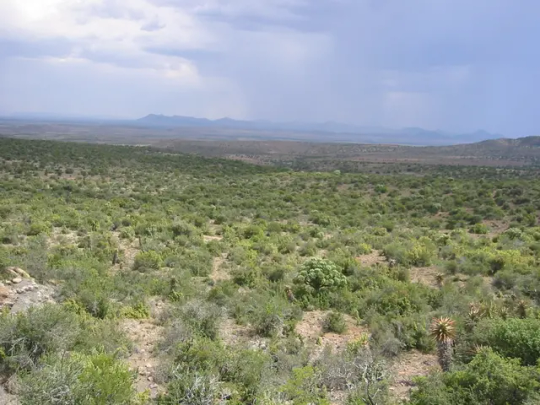
The Succulent Karoo, one of the most biodiverse ecosystems on Earth and home to the Karoo Padloper. Image credit: Tjeerd Wiersma under CC BY-SA 2.0.

The Gulf of California, home of the critically endangered Vaquita. Image credit: Natural World Heritage Sites.
649 notes
·
View notes
Text
I see a lot of talk about common species like sharks and whatnot when it comes to marine life which is cool and good but you know what I don’t see people talking about? the batfish

this is a polka dot batfish. look at his cute legs and sweet little face. absolutely incredible. such a revolutionary creature. I fucking love batfish and you should too
#batfish#marine life#marine animals#marine biology#ocean life#sea animals#sea creatures#sea life#fish#fishblr#sea critters#fishes#animals#sea#ocean#aquatic life#aquatic#biology
450 notes
·
View notes
Text

It's salamander season again.
#spotted salamander#salamander#salamander eggs#eggs#egg mass#pond#poo#vernal#vernal pond#vernal pool#Ambystoma maculatum#nature#naturalist#sketch#watercolor#pencil#sketchbook#wildlife#animal#amphibian#Ambystomatidae#science#biology#pond life
184 notes
·
View notes
Text
In the wake of North America's recent solar eclipse, another historic natural event is on the horizon. From late April through June 2024, the largest brood of 13-year cicadas, known as Brood XIX, will co-emerge with a midwestern brood of 17-year cicadas, Brood XIII.
This event will affect 17 states, from Maryland west to Iowa and south into Arkansas, Alabama and northern Georgia, the Carolinas, Virginia and Maryland. A co-emergence like this of two specific broods with different life cycles happens only once every 221 years. The last time these two groups emerged together was in 1803, when Thomas Jefferson was president.
Continue Reading.
171 notes
·
View notes
Text
the dragons and wyverns thing makes me so unreasonably mad i’m sorry
actual biology: whales are fish because they evolved from mammals which evolved from reptiles which evolved from fish. everything is much more complicated than the simple boxes our brains like. what classifies a species is somewhat arbitrary human concept
losers: that’s a wyvern because it has 2 legs and 2 wings, dragon is incorrect >:(
106 notes
·
View notes
Text
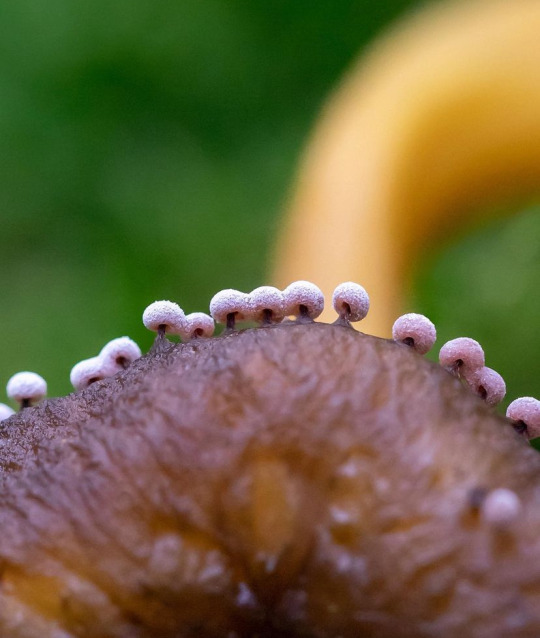

Didymium sp. on a funnel chanterelle
by Christopher Landin
#didymium#slime mold#slime mould#myxomycota#christopher landin#fungi#chanterelles#forest floor#macro photography#myxomycetes#microbiota#microbiology#myxomycology#microorganisms#mycology#ecology#biology#nature photography#nature#forest
124 notes
·
View notes
Text
How Moths Confuse Bats

When your predators use echolocation to locate you, it pays to have an ultrasonic deterrence. So, many species of ermine moths have structures on their wings known as tymbals. (Image credit: Wikimedia/entomart; research credit: H. Mendoza Nava et al.; via APS Physics)
Read the full article
#acoustics#aeroelasticity#biology#buckling instability#fluid dynamics#moths#physics#science#ultrasound
79 notes
·
View notes
Text
Not enough people know that vegetables are a human construct
#not the medical kind#Nessie on drugs#biology#evolutionary biology#evolution#science#botany#cooking#cooking advice#cooking tips#vegetarian#vegan#vegetable#vegetables#r/196#196#r/196archive#/r/196#rule#meme#memes#shitpost#shitposting
58 notes
·
View notes
Note
saw in your bio you’re researching infectious reptile diseases—that sounds cool as hell! which diseases specifically?
My research is in herpesviruses! I can’t give you the exact species I’m studying, but my interest is in how herpes viruses have been evolving alongside reptiles as well as mammals for millions of years.
Even among some very crafty pathogens, herpes stands out as the single most cunning family of viruses in the world (imo at least). They can evade immune systems, control populations, and basically bend ecosystems to their will. All without having the presence of mind to “intend” to do any of that. Herpes viruses are insanely interesting
57 notes
·
View notes
Text
Technically they/them are the only acceptable pronouns since living beings are comprised of thousands of microscopic living cells.
#snek sorcerer says shit#transgender#lgbt#lgbtqia#lgbtq#trans#biology nerd#biology#take that transphobes#nonbinary#enby
55 notes
·
View notes
Text

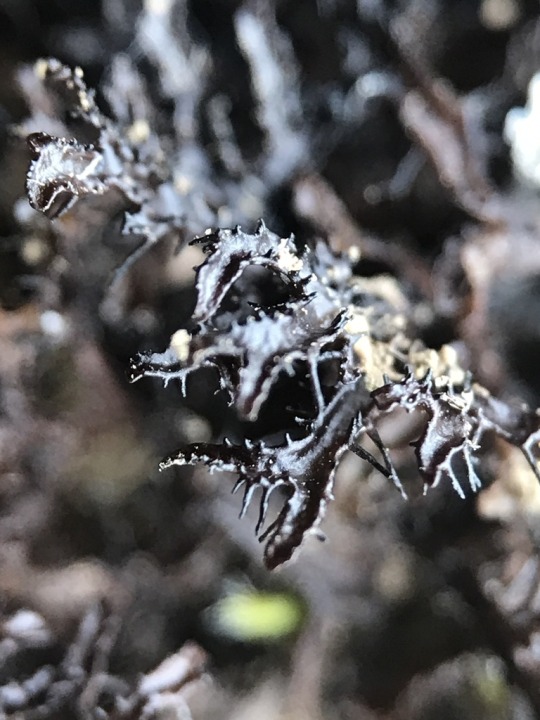

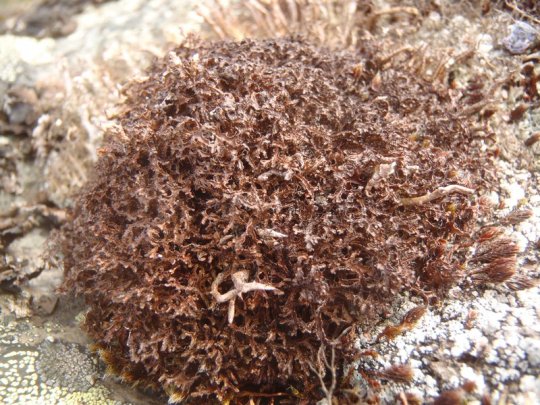




Cetraria nigricans
Blackened Iceland lichen
This foliose-fruticose lichen forms mats and rounded tufts made up of narrow, channeled, ciliate-margined lobes. The upper surface is olive to dark brown to black-brown in color, and becomes darker when exposed to sunlight. The lower surface is paler brown, with inconspicuous pseudocyphellae. It produces marginal apothecia which have spiny margins and convex, red-brown discs. C. nigricans grows on soil and rock in exposed, arctic-alpine regions.
images: source | source | source
info: source | source
#lichen#lichens#lichenology#lichenologist#mycology#ecology#biology#fungi#fungus#symbiosis#symbiotic organisms#algae#life science#environmental science#natural science#nature#the natural world#beautiful nature#weird nature#Cetraria nigricans#Cetraria#trypo#trypophobia#i'm lichen it#lichen a day#daily lichen post#lichen subscribe
41 notes
·
View notes
Text

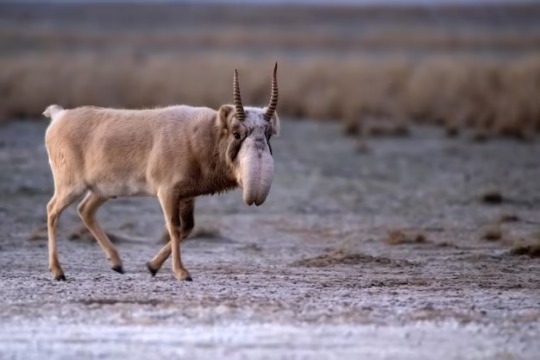
Saiga antelope (Saiga tatarica)
Saiga don’t only look weird, but are found in the last place you would expect antelope to be- the cold, dry Eurasian steppe. Their large nose helps filter out dust and warm air before it reaches their lungs, and they also develop a warm, grey-brown coat in the wintertime. During the last ice age, saiga antelope were found across the cold northern steppe, from Britain and Mongolia to Alaska. Unfortunately, they are now critically endangered, found only in a few refuges in Kazakhstan and the surrounding countries.
#markhors-menagerie#animal facts#animals#biology#fun facts#ungulates#even toed ungulates#ruminants#bovidae#antelope#saiga antelope
51 notes
·
View notes
Note
What did you do yesterday?
I investigated some plants.

If you can correctly name this plant I will applaud you.
#roleplay#rp#sherlock roleplay#sherlock rp#plant#botany#plants#420#blaze it#4202024#weed#or not#maybe just a trick#sherlock replies#sherlock holmes rp#sherlock holmes roleplay#sherlock holmes replies#photography#naturecore#cottagecore#nature photography#cottage aesthetic#green#plant aesthetic#tree#picture#biology#nature#garden#sherlock
33 notes
·
View notes
Text

Leaf Katydids (Subfamily Phaneropterinae)
#inaturalist#naturalist#nature#ecology#zoology#biology#insect#insects#bug#bugblr#entomology#bugs#photography#nature photography#wildlife photography#hawks photos#insectblr#bugposting#katydid
32 notes
·
View notes
Text
While foraging, animals including humans and monkeys are continuously making decisions about where to search for food and when to move among possible sources of sustenance.
"Foraging behavior is something we perform daily when we go to the grocery store to pick up food, and we make choices based on the degree of reward each choice provides. It's a classical problem common to every species on the planet," said Valentin Dragoi, professor of electrical and computer engineering at Rice, professor of neuroscience at Weill Cornell Medical College and scientific director of the Methodist/Rice Center for Neural Systems Restoration.
In a paper published in Nature Neuroscience, Dragoi and collaborators investigate the brain processes involved in searching for food.
Continue Reading.
58 notes
·
View notes
Note
What is your favorite biology fact?
the fact that there’s a protein called sonic hedgehog protein
27 notes
·
View notes